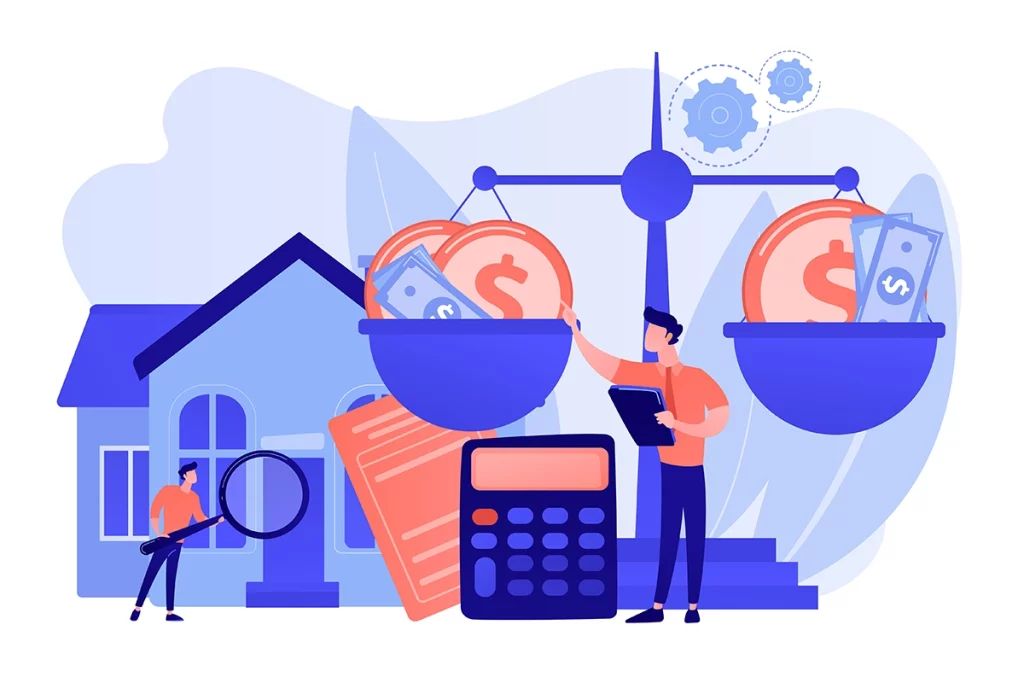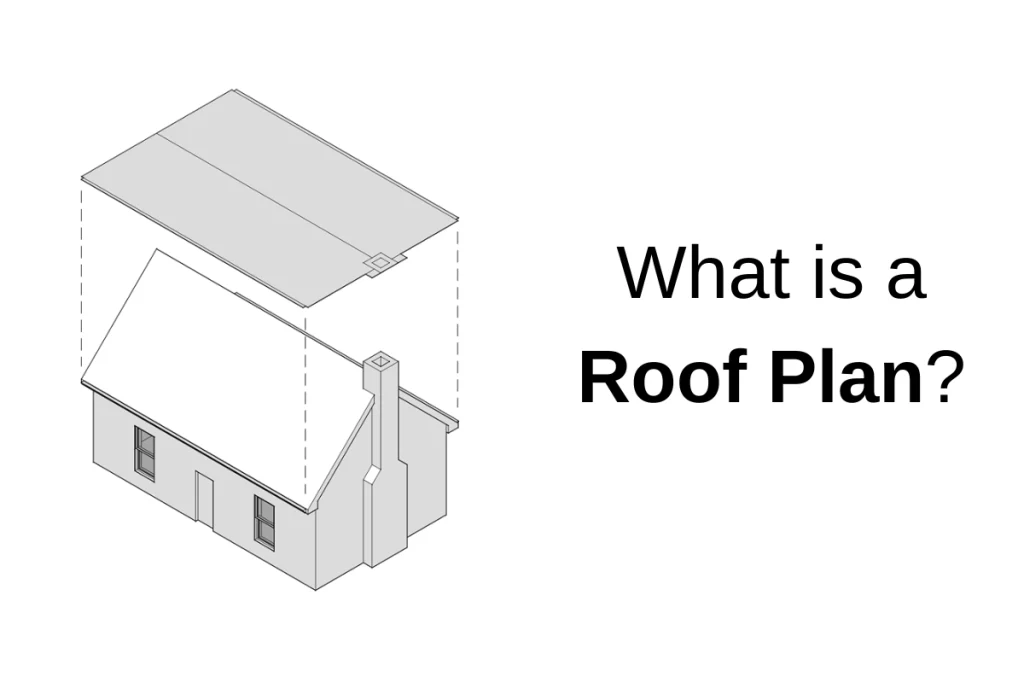Constructing a home or building is a complicated and expensive undertaking that can be confusing for those who haven’t been involved in construction before. Even for those who have, remembering what it all means can be overwhelming!
One particularly important area is understanding the costs associated with construction when creating a budget. These costs can be categorized into two main types: hard costs and soft costs. In this article, I’ll break down the difference between these two categories of costs and explain why it’s essential to account for both when planning a construction project.
What are hard costs?
Hard costs, also known as direct costs, are the expenses associated with the physical construction of a project. These are tangible expenses that can be easily quantified and are usually associated with the actual building materials, labor, and equipment used to construct the project.
Examples of hard costs include the cost of the land, the cost of the materials used in construction, the cost of labor and equipment, and any other expenses directly related to the physical construction of the project. These costs are typically fixed and do not change significantly unless there are changes made to the project design or scope. Other examples consist of:
- Site utilities
- Site preparations
- Construction costs
- Construction management fees
- Permits for construction
- Septic systems
What are soft costs?
Soft costs, also known as indirect costs, are expenses that are not directly related to the physical construction of a project. These are expenses that are necessary for the completion of the project but are not directly tied to the physical materials, labor, and equipment used to construct the project.
Examples of soft costs include expenses such as architectural and engineering fees, permits and inspections, legal fees, project management fees, insurance costs, and financing costs. These costs are typically variable and can change significantly based on the size and scope of the project.
Soft costs can also be broken down into two categories: pre-construction soft costs and post-construction soft costs. Pre-construction soft costs are expenses that occur before construction begins, such as design and planning fees, while post-construction soft costs are expenses that occur after construction is complete, such as maintenance and repair costs.
How to track soft costs and hard costs
The are two primary ways to track hard and soft costs:
1. With a budget
A construction budget for a homeowner is a financial plan that outlines the estimated costs of building or renovating a home. It’s an essential tool for understanding the costs of a construction project before it starts and can be used to ensure that the project stays within a budget during construction. (Tips for staying on budget can be found here).
The construction budget typically includes all the costs associated with building or renovating the home, such as materials, labor, permits, and fees. It also includes a contingency fund to cover unexpected expenses that may arise during the project.
To create a construction budget, the homeowner should first determine what they can afford – either in cash or as approved by a lender. They should then work with their contractor or architect to develop a detailed list of all the necessary expenses, including the cost of each item and any associated fees or taxes.
I’ve developed a budget spreadsheet to help you with this process.
2. With a proforma
A proforma is a financial statement that outlines the estimated costs and revenues of a construction project. It’s a document used to project the financial outcome of a construction project based on certain assumptions, such as the estimated cost of labor, materials, and equipment, as well as anticipated revenues from the sale or lease of the completed project.
The proforma is typically used by developers, investors, and lenders to evaluate the financial feasibility of a construction project before committing to funding it. It allows them to assess the potential profitability of the project and determine whether it’s worth pursuing.
A proforma typically includes detailed cost estimates for each stage of the construction process, as well as a projected timeline for completion.
Final thoughts
Hard costs and soft costs are two important types of expenses that are associated with construction projects. Hard costs are direct expenses associated with the physical construction of the project, while soft costs are indirect expenses associated with the design and construction of a project. Understanding the difference between these two types of costs is essential for anyone involved in the construction industry.
Image Source: Image by vectorjuice on Freepik



